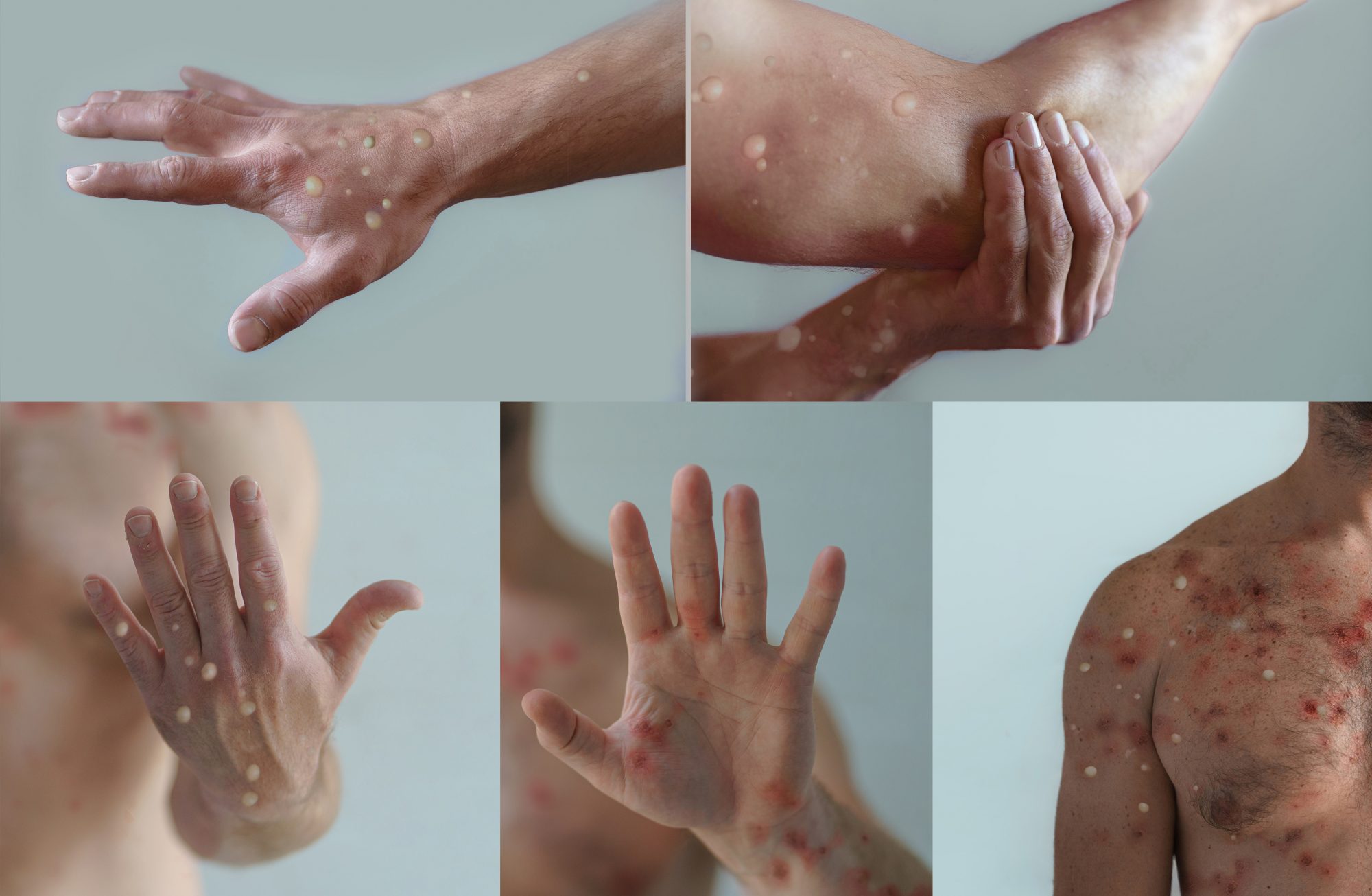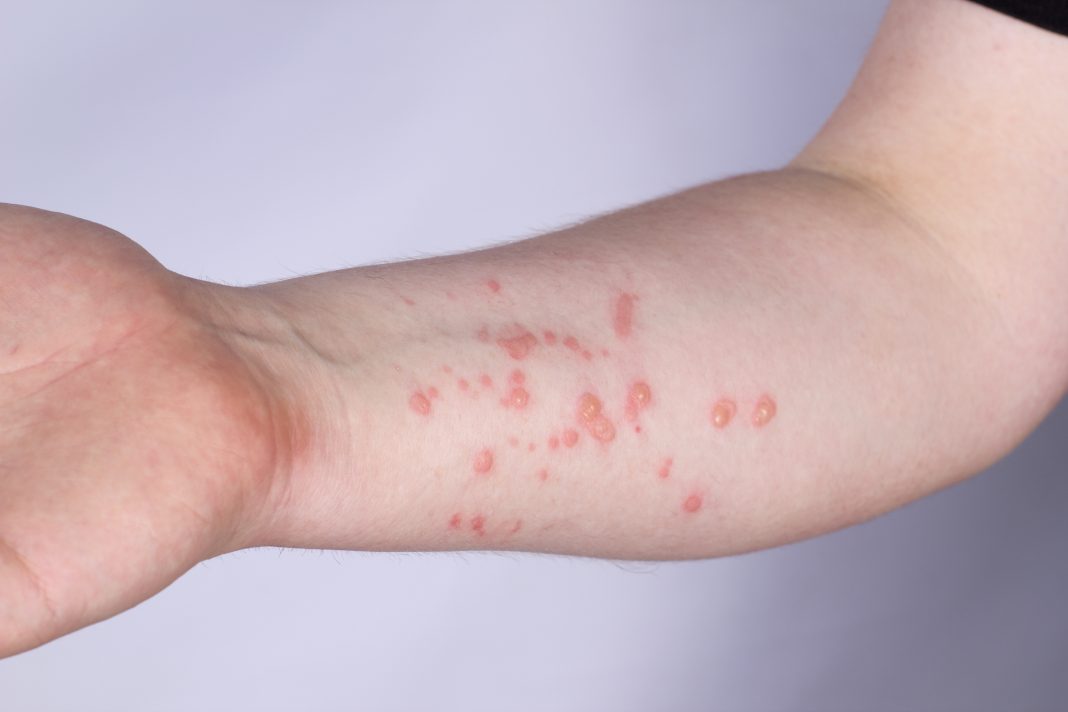There are important differences in the symptoms of monkeypox between the current outbreak and previous outbreaks in endemic regions, here’s how to find them:
The symptoms of monkeypox today may differ from those of other previous outbreaks, researchers find, based on 197 confirmed monkeypox cases at an infectious disease centre in London between May and July 2022.
Monkeypox is transmitted to humans through close contact with an infected person or animal, or with material contaminated with the virus.
Monkeypox is usually a self-limited disease with symptoms lasting from 2 to 4 weeks.
Some of the common symptoms include rectal pain and penile swelling (oedema) – which may differ from those described in previous outbreaks.
These findings confirm the ongoing unprecedented community transmission of the monkeypox virus among gay, bisexual, and other men who have sex with men seen in the UK and many other non-endemic countries.
Symptoms of monkeypox, according to the NHS:
- A high temperature
- A headache
- Muscle ache
- Backache
- Swollen glands
- Shivering (chills)
- Exhaustion
- Joint pain
Where has the disease been found so far?
Only one participant had recently travelled to an endemic region, confirming ongoing transmission within the UK, and only a quarter of patients had known contact with someone with confirmed monkeypox infection, raising the possibility of transmission by people with no or very few symptoms.
As of 18 July 2022, there were 2,137 confirmed cases of monkeypox in the UK. Of these, 2,050 were in England and almost three-quarters (73%) were in London, according to government data.
All 197 participants in this study were men (average age of 38 years), of whom 196 identified as gay, bisexual, or other men who have sex with men.

All patients presented with lesions on their skin or mucosal membranes, most commonly on the genitals or in the perianal area.
86% of patients reported systemic illness – affecting the entire body. The most common systemic symptoms were fever at 62%, swollen lymph nodes at 58%, and muscle aches and pain at 32%.
Just over a third (36%) of participants also had HIV infection and 32% of those screened for sexually transmitted infections had a sexually transmitted infection.
Overall, 20 (10%) of participants were admitted to hospital for the management of symptoms, most commonly rectal pain and penile swelling. However, no deaths were reported, and no patients required intensive hospital care.
How do these symptoms differ from previous outbreaks?
In contrast with existing case reports which indicate that systemic symptoms come before skin lesions, 38% of patients developed systemic symptoms after the onset of mucocutaneous lesions, while 14% presented with lesions without systemic features.
A total of 71 patients reported rectal pain, 33 sore throats, and 31 penile edema, while 27 had oral lesions, 22 had a solitary lesion, and 9 had swollen tonsils.
Solitary lesions and swollen tonsils were not previously known as features of monkeypox.
The authors at The BMJ today write: “Understanding these findings will have major implications for contact tracing, public health advice, and ongoing infection control and isolation measures.”
And they call for continued research to inform infection control and isolation policies and guide the development of new diagnostics, treatments, and preventive measures.











